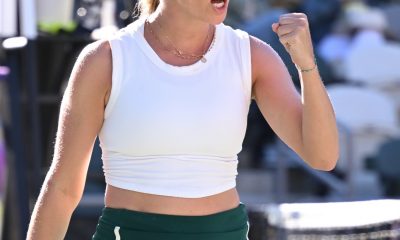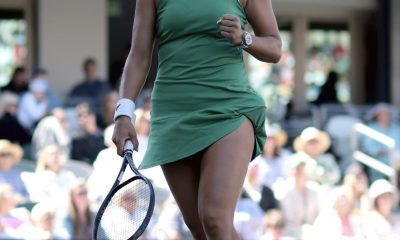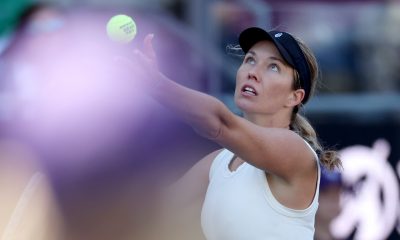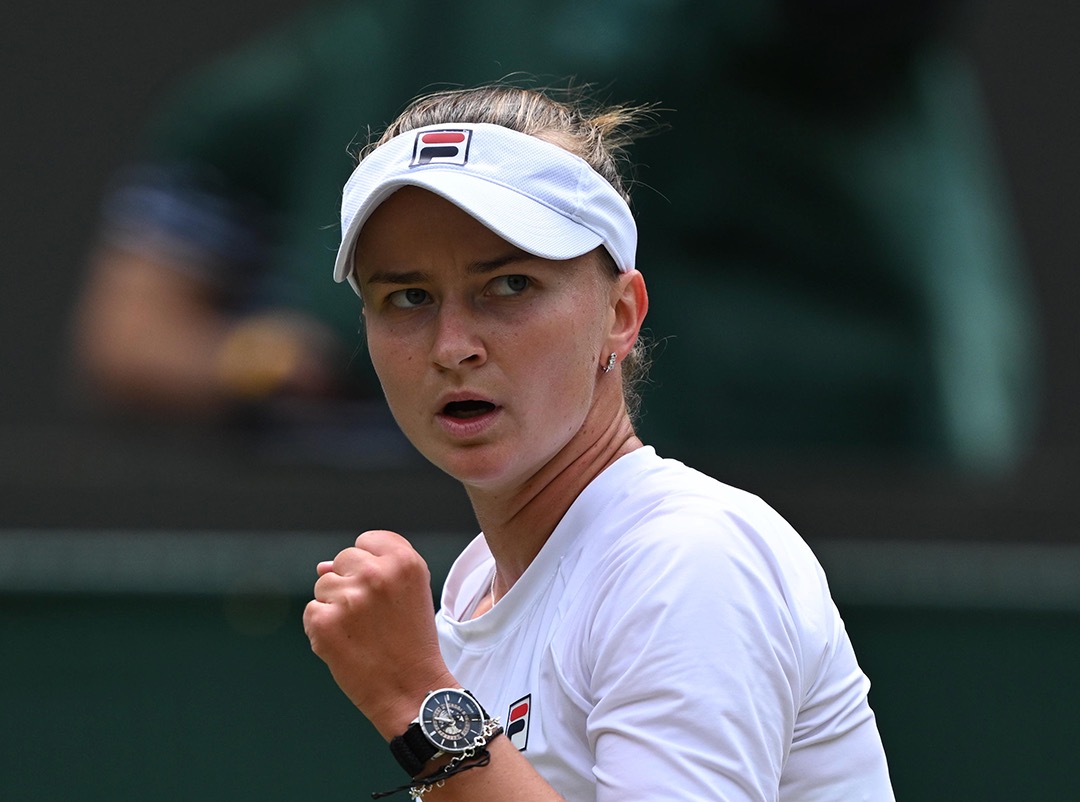Danielle Collins just goes out and wins.
She wastes few shots and is a master of shot placements.
The court surface doesn’t seem to matter. She did it a week ago on hard courts to win the Miami Open. And she is doing it again at the Credit One Charleston Open on clay courts.
Collins has won 12 straight matches and is one win away from a coveted second straight title on the WTA Tour.
She’s unseeded, but keeps winning. She is the last American standing.
In Saturday’s Charleston semifinals, Collins scored a relatively easy 6-3, 6-3 win over third-seeded Maria Sakkari of Greece.
KASATKINA STANDS IN COLLINS’ WAY
Just 2017 Charleston champion Daria Kasatkina is standing in the 30-year-old Collins’ way of a second straight tour title.
Oh, yes, Collins is playing her final year on the WTA Tour. She wants to go out a winner badly.
Kasatkina is the fourth seed, and she may already have played a key role in Collins’ drive to another title. Top seed Jessica Pegula appeared to be unbeatable in this Charleston Open until running into Kasatkina in Saturday’s first semifinal and simply couldn’t close out the Russian when their match was on the line.
PEGULA’S LOSS BIG SURPRISE
Pegula’s 6-4, 4-6, 7-6 (5) loss to Kasatkina was the biggest surprise of this tournament. Pegula had won the last 12 games of a 6-1, 6-0 win over Kasatkina in 2023 in Tokyo’s Pan Pacific Open.
“Very tough match,” the ultra-conservative playing Kasatkina said about Saturday’s long match that ended in a third-set tiebreaker.
“Really happy with my win, with the way how I did it. And, yeah, really happy to be in the finals here again.”
Kasatkina has been impressed by Collins’ outstanding recent play.
“Danielle is, I think, playing the best tennis of her career right now. She’s fearless. When she feels her game, she’s one of the most dangerous players on tour, and she definitely feels it right now,” Kasatkina said.
“So, yeah, it’s going to be very tough battle. And it’s finals. I mean, it’s so nice. I’m so happy to be in the finals, and I think it’s going to be a good one. I think the atmosphere is going to be great because playing an American in the United States, it always brings some extra electricity on court. So, I’m really looking forward to it.”
COLLINS IMPRESSED BY KASATKINA’S PLAY
Collins also has respect for Kasatkina’s style of play.
“We’ve played so many matches against each other over the years and battles. She’s one of my favorite players to watch because she makes these matches so interesting,” Collins said about Kasatkina.
“The way that she plays and her tennis IQ, how creative she is on court is phenomenal. I think against Daria I have to be very flexible. She has just about every tool in her toolbox. She can hit big. She can hit with shape. She can hit slices. She can come into the net. She does everything very, very well. She serves and returns well. She mixes up her pace. She’s just solid all over. And so, it’s going to be a battle, and I have to be ready to play a long, tough match, if that’s what’s needed.
“I’ll have to kind of take a little bit more of a look statistically at some things and some different patterns, but I think the biggest thing is just fighting until the end and being adaptable out there.”
About her win over the usually solid Sakkari, Collins said, “I think my aggressive game style helped me. I had to stick with it. And she was throwing a lot at me and doing a lot of different things.
“So, I had to try to counter that and use my aggressive game style as much as I could.”
James Beck was the 2003 winner of the USTA National Media Award for print media. A 1995 MBA graduate of The Citadel, he can be reached at Jamesbecktennis@gmail.com.
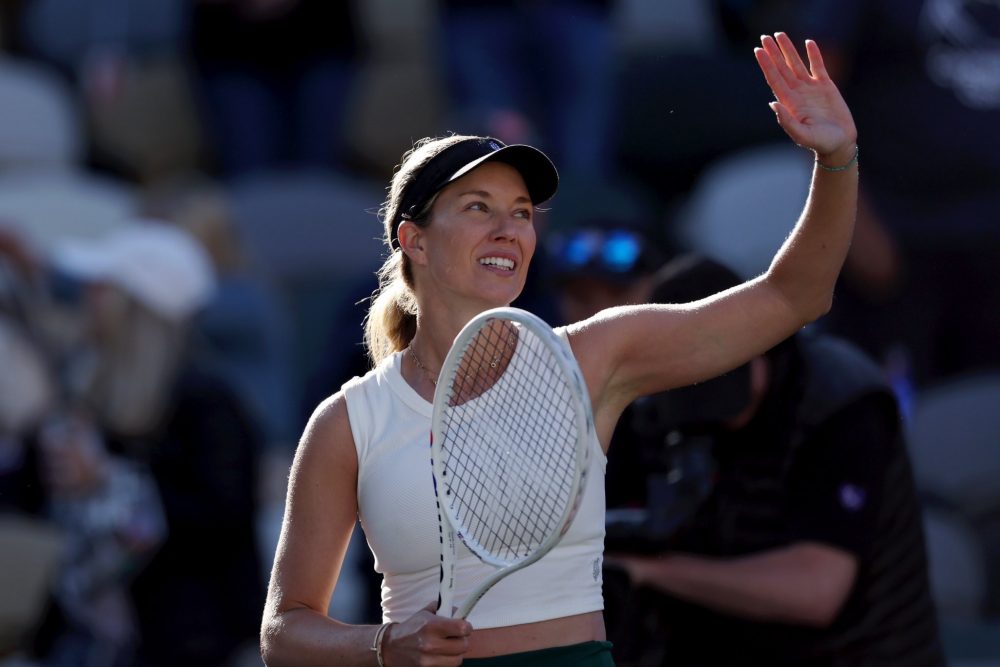

 Hot Topics3 days ago
Hot Topics3 days ago
 Latest news3 days ago
Latest news3 days ago
 Hot Topics2 days ago
Hot Topics2 days ago
 Hot Topics3 days ago
Hot Topics3 days ago
 Focus2 days ago
Focus2 days ago
 Focus2 days ago
Focus2 days ago
 Focus2 days ago
Focus2 days ago
 Hot Topics2 days ago
Hot Topics2 days ago







